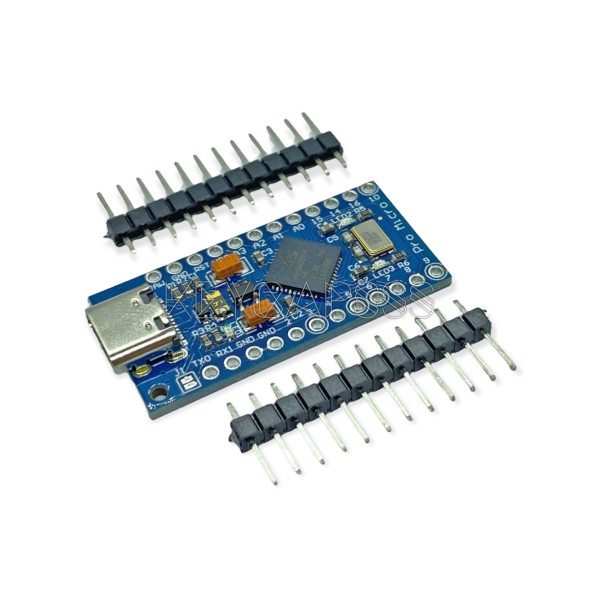Cookie preferences
This website uses cookies, which are necessary for the technical operation of the website and are always set. Other cookies, which increase the comfort when using this website, are used for direct advertising or to facilitate interaction with other websites and social networks, are only set with your consent.
Configuration
Technically required
These cookies are necessary for the basic functions of the shop.
"Allow all cookies" cookie
"Decline all cookies" cookie
CSRF token
Cookie preferences
Currency change
Customer recognition
Customer-specific caching
Individual prices
PayPal payments
Selected shop
Session
Comfort functions
These cookies are used to make the shopping experience even more appealing, for example for the recognition of the visitor.
Note
Statistics & Tracking
Affiliate program
Track device being used
This product is currently not available.
Please check the news board.
Please check the news board.
Please inform me as soon as the product is available again.
- Order number: KC10144
New version with USB-C connector Same Pinout as standard Pro Micro (Mirco-USB)... more
Pro Micro USB-C 5V 16MHz ATmega32u4 Microcontroller
- New version with USB-C connector
- Same Pinout as standard Pro Micro (Mirco-USB)
- Slightly longer (total length 37mm, standard is 33.5mm)
- ATmega32U4 chip
- Running at 16MHz and 5V
- Power supply up to 12V (DIOs only 5V)
- 4x 10-bit ADC channels, 5x PWM pins, 12x DIOs
- Works with USB-A to USB-C cable (not USB-C to USB-C)
Read, write and discuss reviews... more
Customer evaluation for "Pro Micro USB-C 5V 16MHz ATmega32u4 Microcontroller"
Write an evaluation
Evaluations will be activated after verification.
Sold Out
Sold Out
Low Stock
Low Stock
Low Stock
Low Stock
 Kailh RB (Rainbow) MX Gen2 Hot Swapping PCB Sockets 10 pcs
Kailh RB (Rainbow) MX Gen2 Hot Swapping PCB Sockets 10 pcs Content 10 Unit (€0.18 * / 1 Unit)
From €1.80 *
Sold Out
Sold Out
Sold Out
Sold Out
Sold Out
Sold Out
Low Stock
Sold Out
Low Stock
Low Stock
Sold Out
Sold Out
Viewed














































